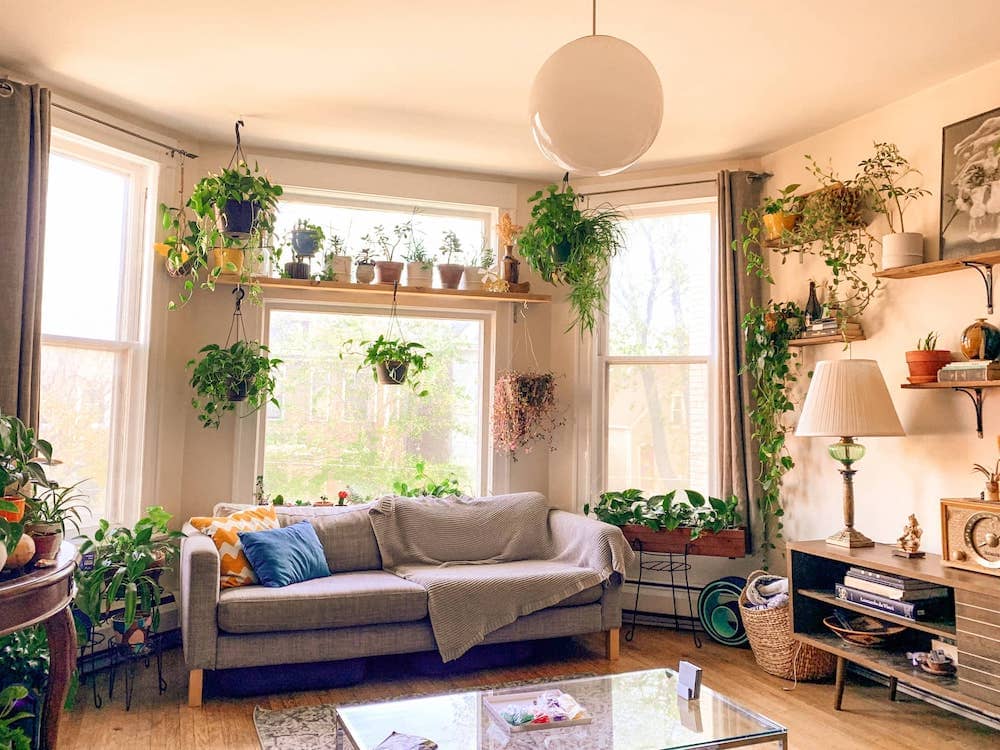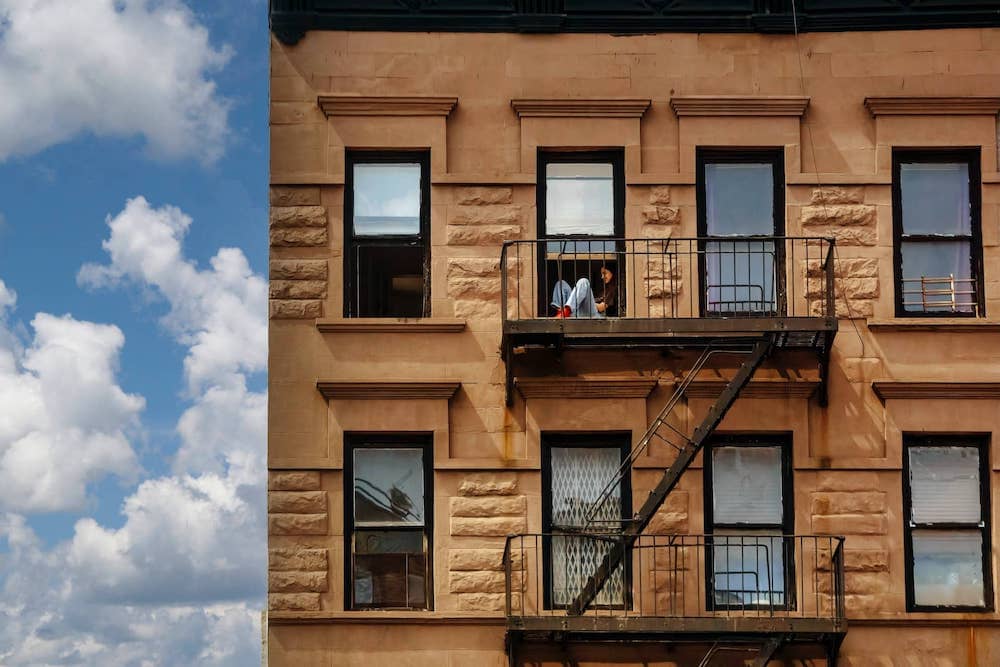Renting in NYC can be complicated. Rents frequently skyrocket, meaning you can be easily priced out of a neighborhood you could afford just last year. One way to avoid this fate is rent stabilization—special deals that make it so your rent can only increase by a certain amount each year. But is it really that simple? Can you just waltz up to a rent-stabilized apartment, plant a flag, and never worry about rent again? Sadly, no. However, we’re here to make the process a bit easier to figure out.

What is Rent Stabilization?
Rent stabilization is a form of affordable housing that covers over one million apartments in NYC. Unlike rent control, another form of affordable housing, rent stabilization increases is decided annually by the Rent Guidelines Board. This means there is no set percentage for your annual rent increase. However, the board has never failed to protect homes in their jurisdiction from sharp rent increases.
Additionally, tenants in rent-stabilized homes are allowed to renew their leases as many times as they want as long as they aren’t violating the policies of the building. When tenants do move, the apartments are still considered rent-stabilized, and new tenants are protected from massive rent increases thanks to the Housing Stability and Tenant Protection Act of 2019. This act also forbids landlords from shady practices like renovating other units to increase rent prices, taking up more than one apartment for personal use, and evicting elderly and disabled tenants for the purpose of moving into their homes. These protections are instrumental for the continuing practice of rent stabilization, so read what your rights include here.
How to Find a Rent Stabilized Apartment in NYC

There’s actually a decent chance you already live in a rent-stabilized home. As we stated before, over a million homes meet this category, and that’s by design. Rent stabilization was created in 1969 but has been extended and amended since its initial incarnation.
Currently, there are three categories that rent-stabilized apartments can fall into. The first includes any building with more than six units that was constructed between February 1st, 1947 and December 31st, 1973. The second includes tenants who moved into a building after June 30th, 1971, but only if that building was constructed before February 1st, 1947 and has six or more units. The last category is any building that has built or significantly renovated three or more units after January 1st, 1974 using special tax benefits.
As you can imagine, these rules mean that rent stabilization applies to many buildings. If you’re moving to a new place, and the building is meant to be rent-stabilized, the landlord is required to include a rider explaining that situation. However, many landlords don’t do this, so it’s good to do your own research on a building you want to live in. You can look up your potential or current building’s rent stabilization status here.
FAQ for Rent Stabilized Homes

Can a condo or co-op have a rent-stabilized apartment?
Yes, but only after a formerly rent-stabilized home is converted into a condo or co-op. When that transition occurs, tenants living in the building are protected from being evicted and even allowed to renew their lease as many times as they want. However, if the tenant moves from their rent-stabilized home, the apartment can either be sold as a condo or retain its rent-stabilized status for the next tenant.
How can a rent-stabilized apartment become deregulated?
An apartment becomes deregulated when a home loses its rent stabilization status. This can happen for several reasons. The most common reason an apartment becomes deregulated is when the tax status of the building changes. As stated earlier, some buildings are stabilized due to a special tax program like a 421-a or a J-51 abatement. When those programs end, buildings will likely revert back to their pre-stabilized status. Additionally, a building can become completely deregulated if it’s converted into a condo or co-op and former tenants either buy or leave their stabilized homes.
What should I do if my landlord is illegally trying to deregulate my home?
First, it’s good to remind them that the home is rent stabilized, and they should consult the current regulations to see if the rent increase or attempted deregulation is allowed. There are a lot of rules, and they’re written in complicated language. There’s a real chance the landlord doesn’t know what they’re doing is illegal. If no action is taken on the landlord’s part, file a complaint with Housing and Community Renewal. They will be your best friend in this situation.
Does my income or employment status affect my home’s stabilization status?
No, your income and employment status do not affect your home’s stabilization status. They can be factors when trying to move into a stabilized home, though, as landlords are allowed to reject applicants they believe cannot pay the rent. However, tenants who already live in rent-stabilized homes are allowed to renew their lease regardless of their income or employment status, though they can be evicted if they cannot pay rent for a period of time.
Misconceptions About Rent Stabilization

Your Home Can Be Deregulated if a Building is Converted into Less Than Six Units
Not true. In rare cases, landlords have tried to combine units in smaller complexes to deregulate their homes. For example, some building owners have combined apartments, so their complexes go from six to five units. This does not deregulate the building. A building’s rent stabilization status is determined by the number of units at the time of approval. It doesn’t change because units are combined, destroyed, or converted into something else.
Your Home Can Be Deregulated if DHCR Filings Were Incorrect or Missing
Not exactly. Building owners are required to submit building status forms and tax filings to the DHCR. If those forms are filed incorrectly, or not at all, the DHCR will simply reach out for corrections. The building’s former status as a rent-stabilized building supersedes these mistakes, so tenants don’t have to worry about this.
Rent Stabilization Drives Prices Up for the Rest of NYC
Not true. Many opponents of rent stabilization say that since rent prices are only allowed to go up by a certain level, other buildings have to increase their rent prices. The thinking is that people in rent-stabilized homes stay in them longer, meaning fewer apartments are in circulation and, therefore, drive up other rent prices due to demand.
However, that is completely false. Landlords raise rent prices based on supply, sure. However, considering half of NYC has been rent stabilized for decades, this is likely not the main cause. Rents are more likely to increase due to gentrification, inflation, and location in the city. Overall, rent stabilization makes NYC affordable for low-income workers, who make up about 38% of the rent-stabilized population.
Your Apartment Can Be Priced Out of Rent Stabilization Status
No longer true. Many think rent-stabilized homes are deregulated once they pass a certain rent threshold. This myth used to be true. Apartments could face deregulation once a home surpassed $2,700. However, that rule went away once the Housing Stability and Tenant Protection Act of 2019 passed. Now apartments will retain their rent-stabilized status no matter how high the rent for a building becomes.
Every Apartment in a Rent Stabilized Building Has Rent Stabilized Status
It’s complicated. While this was true at one point, due to the number of changes and regulations, it’s not guaranteed your home will be rent-stabilized just because you’re in a rent-stabilized building. For example, many homes were priced out of the program during the time when rents for stabilized homes couldn’t exceed $2,700. Some of these apartments have regained their status, but it’s an ongoing process to determine whether those homes will become stabilized again. Additionally, there can be rent-stabilized homes in condos or co-ops, so it’s tricky to navigate.
Only Old Apartments are Rent Stabilized
Sort of. While most rent-stabilized homes are in buildings from before 1974, there are some cases where the apartments in those buildings have undergone massive renovations. These renovated homes are still under the protection of rent stabilization laws.
Finding a home in NYC can be difficult. It takes a lot of time, money, and patience to find a place, especially one in your price range. Rent stabilization might be another thing that people need to keep track of, but it’s worth it to find excellent deals on hidden gems. It’s one of the city’s most expansive affordable housing practices and helps millions of people afford homes they’d otherwise be priced out of. These laws are in place to protect you, so make sure you know the status of your building and take advantage of all the benefits rent stabilization brings.
Editor’s Note: We updated this article to enhance readability.




